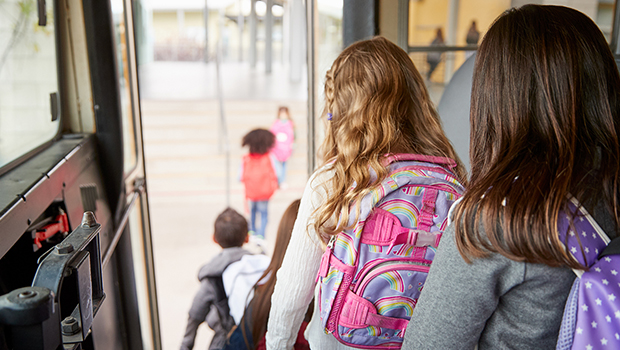As teachers and students head back to class to begin a new school year, a CEA Back-to-School Survey released this week highlights persistent and worsening challenges plaguing educators, students, and public education.
The survey, portions of which are being featured every day this week on WFSB Channel 3 News at 5:30 p.m., reveals widespread dissatisfaction among educators related to stress, lack of respect, chronic teacher shortages, low pay, growing concerns about student mental health, and more. (Watch Monday’s segment here.)
“For years, we have been sounding the alarm about the challenges impacting student learning and the teaching profession,” says CEA President Kate Dias. “As our cries for help go unanswered, the problems facing public education have intensified. Our educators are underpaid, undervalued, and under a lot of stress, leading them to look for other careers that provide higher pay, improved working conditions, and greater respect.”
Key survey findings underscore the severity of the problem:
- Connecticut teachers (97% of respondents) overwhelmingly cite stress and burnout as a major issue.
- Special education teachers and those in urban districts are particularly affected, with 81% and 85% respectively expressing dissatisfaction with the conditions facing educators.
- 91% of teachers report not being treated as professionals or feeling respected.
- Student mental health issues continue to be a major concern among teachers (88%).
- 85% of educators overall cite low salaries as an ongoing issue; that number jumps to 98% in urban districts.
“We have a high level of commitment in our profession, but unaddressed problems are making this job unsustainable, and our elected leaders are not talking about it or taking any tangible action to resolve the predominant issues of burnout and stress,” adds Dias. “Elected leaders and local districts need to strategize with us about addressing these problems in ways that encourage teachers to stay in the profession and inspire students to enter it.”
See complete survey results and analysis here.
Adding to the problem are classroom distractions and safety issues. When it comes to distractions, cell phones top the list, and 90% of teachers support action to prohibit cell phone use during instructional time. Only 13% say their district strongly enforces cell phone policies.
Student disruptions that jeopardize safety are a persistent issue as well, forcing nearly two-thirds of teachers surveyed (63%) to evacuate their classrooms. That number jumps to 81% among special education teachers. Over the past few years, teachers have seen an uptick in emotional and behavioral concerns among students, including
- Increased stress and anxiety (89%)
- More distractions (83%)
- Increased aggression or dysregulated behavior (82%)
- Diminished concentration (82%)
Despite the growing need for mental health supports for students, 56% of all educators and 68% in urban districts say there are not enough resources to meet students’ mental health needs in their school buildings.
In addition to these deficits, more than half of teachers surveyed (52%) say they are not provided with all the materials necessary for their classrooms. (That number jumps to 75% for special education teachers and 69% for teachers in urban districts.)
In spite of salaries that have not kept pace with the demands of their profession, teachers are spending their own money on supplies for students: 60% spend $100 or more, and 27% spend more than $500 out of pocket each year.
“Our educators do all they can to support their students, but our school systems must address the needs of our students,” Dias stresses. “Without significant intervention, the ongoing issues of stress, burnout, low pay, and inadequate student mental health resources threaten the sustainability of the teaching profession and the well-being of students.”







